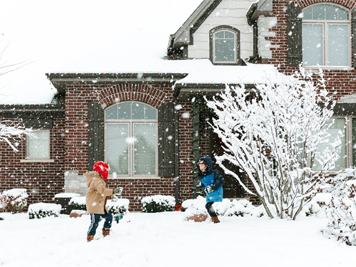Guidelines for insuring homes in California are becoming more stringent, and insurers are becoming increasingly more selective about the homes and areas where they will write business. Here are some points to consider when shopping for your new home.



